|
Do you know what it feels like to be a student who has a learning disability in reading? Do you want to know what it feels like to be a student who has a learning disability in reading? Let me give you a chance to feel what it feels like! Let's pause for a moment of reflection! Ask yourself: How did you do? How did you feel as you were reading? After we ask students to read a passage, we ask them comprehension questions to assess their understanding of the text, right? Do you think you can answer some comprehension questions about what you just read? Let's try! So what does it feel like to be a student who has a learning disability in reading? By: Miss Rae Learn more about Dyslexia!
0 Comments
11/29/2019 2 Comments Specially Designed Reading InstructionWhen we start to think about Specially Designed Reading Instruction, I think it is helpful to start by viewing it in light of the continuum of instruction...or the RTI triangle! Let's look at each Tier a little more closely... IDEA tends to be our course textbook in Special Education - if you will. So what does IDEA say about Specially Designed Instruction? Using a student's evaluations, determine the areas of reading in which the student demonstrates lagging skills and/or a disability. Incorporate those targeted areas into a student's IEP goals, and then, instruction. Now, we can check off the first component of some pricey packaged curriculum! The next step in designing Specially Designed Reading Instruction is to be explicit in your instruction. Click the slideshow below for Explicit teaching tips! To be systematic, you should follow a scope and sequence for your instruction. This should be a logical sequence to get a student closer to a grade level standard. So let's say the student's grade level standard is to read CVCe words. The following would be a logical progression to mastery of that standard: 1. advanced phonemic awareness skills 2. letter identification 3. letter/sound identification 4. VC words (decoding and encoding) 5. CVC words (decoding and encoding) 6. CVCe words (decoding and encoding) Below is another example of a scope and sequence... In order to help students achieve these steps to mastery (and oh, you know, try to do it while simultaneously learning other new curriculum like their general education peers), employ multi-sensory learning! Make sure to always include a spiraling review of previously learned skills for reinforcement, and most importantly, teach all components of reading, just focus more time and intensity on a students lagging skill areas AND do it all through multi-sensory learning! It is essential that this instruction be applied in the classroom to generalize the skill. When Specially Designed Reading Instruction is paired with reading time in the classroom with a general education teacher, a student will make faster progress! Lastly, I know I probably don't have to say this, but I wouldn't feel right not saying it - as with all Special Education students, the most important step in designing Specially Designed Reading Instruction is to Adapt & Modify for individual student needs! Also, don't forget that a student eligible for Special Education services may not require distinctly different methodologies or interventions, but rather increased intensity. Or a student may require both! But ultimately, we should be giving a student what they need, not just because we can offer it. Our goal for Special Education should be to teach independent application of skills and strategies. By Miss Rae Grab this FREEBIE to help you plan Specially Designed Instruction!You might also like... |
CategoriesAll 504 Academic Testing Academic Testing Reports Achievement Testing Reports Back To School B/d Reversals Coronavirus COVID-19 Discrepancy Model Distance Learning Distance Learning With LD ELL Emotional Disability Executive Functioning Extended School Year First Year Special Education Teacher Advice Fluid Reasoning FREEBIES Goal Tracking IEP IEP At A Glance IEP Goals IEP Meetings Learning Disability Oral Reading Fluency Positive Affirmations For Special Education Students Progress Monitoring Reading Remote Learning RTI Rubrics Running Records SEL For Learning Disabilities Social Emotional Learning Special Ed Teacher Interview Questions Special Ed Teacher Job Description Special Education Special Education Progress Reports Special Education Reading Special Education Reading Programs Special Education Students Special Education Teachers Special Education Teachers Positive Affirmations Special Education Teacher Tips Special Education Websites Specially Designed Reading Instruction Teaching Strategy Trauma Wilson Reading Wilson Reading IEP Goals Writer's Workshop |
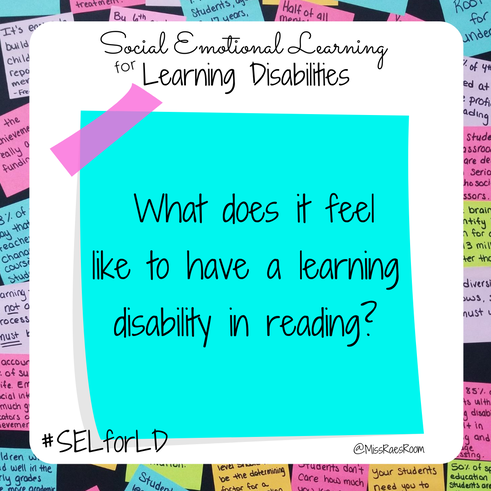
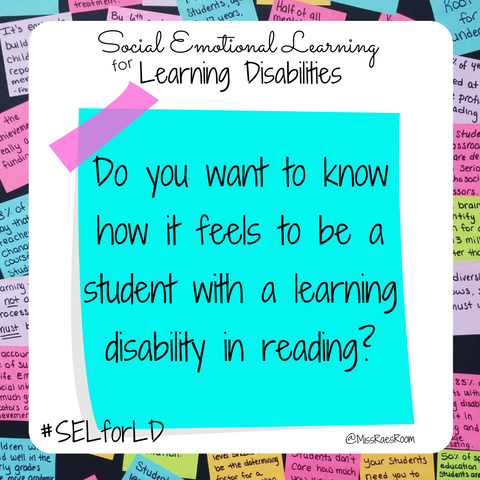





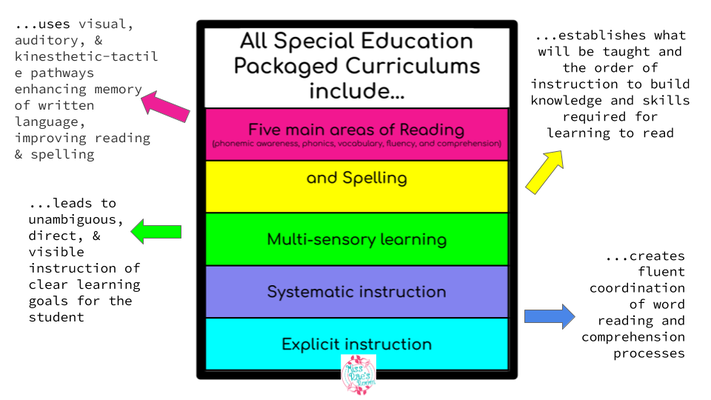



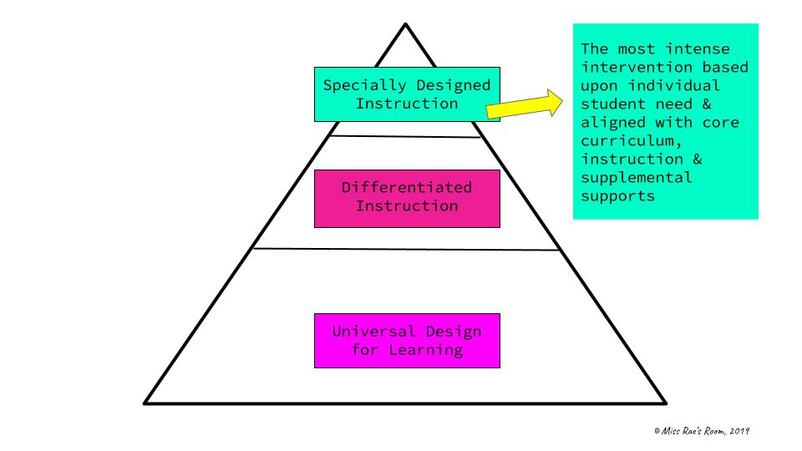








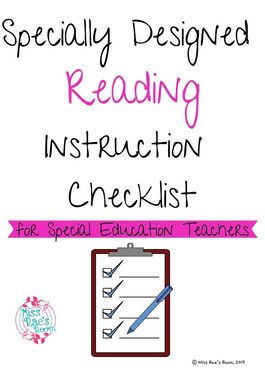







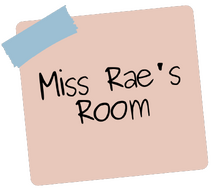
 RSS Feed
RSS Feed